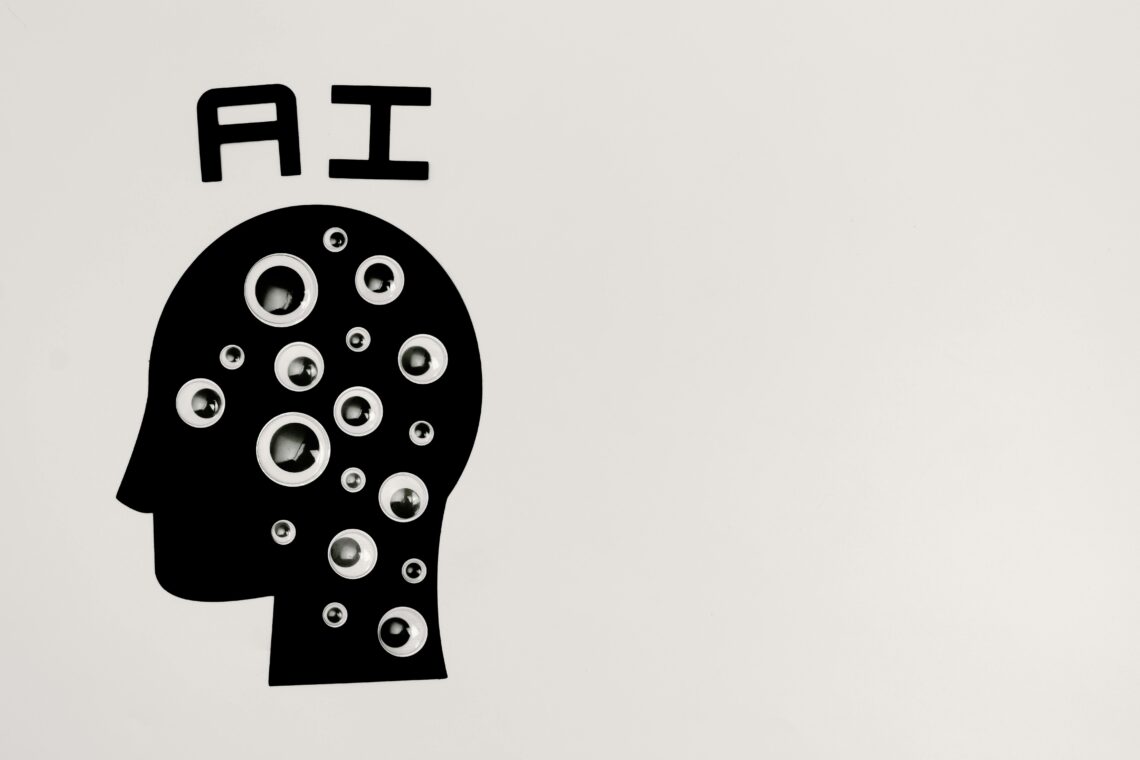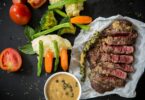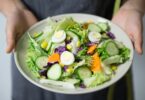AI platforms like ChatGPT can be helpful for brainstorming meal ideas and finding ingredient substitutions. However, they still have some limitations, such as inaccurately identifying ingredients and suggesting odd flavor combinations.
Curious to see how well AI could assist in the kitchen, I decided to let ChatGPT help me prepare dinner. Here’s how it went, what worked well, and what I would change next time.
Using AI to Input Ingredients
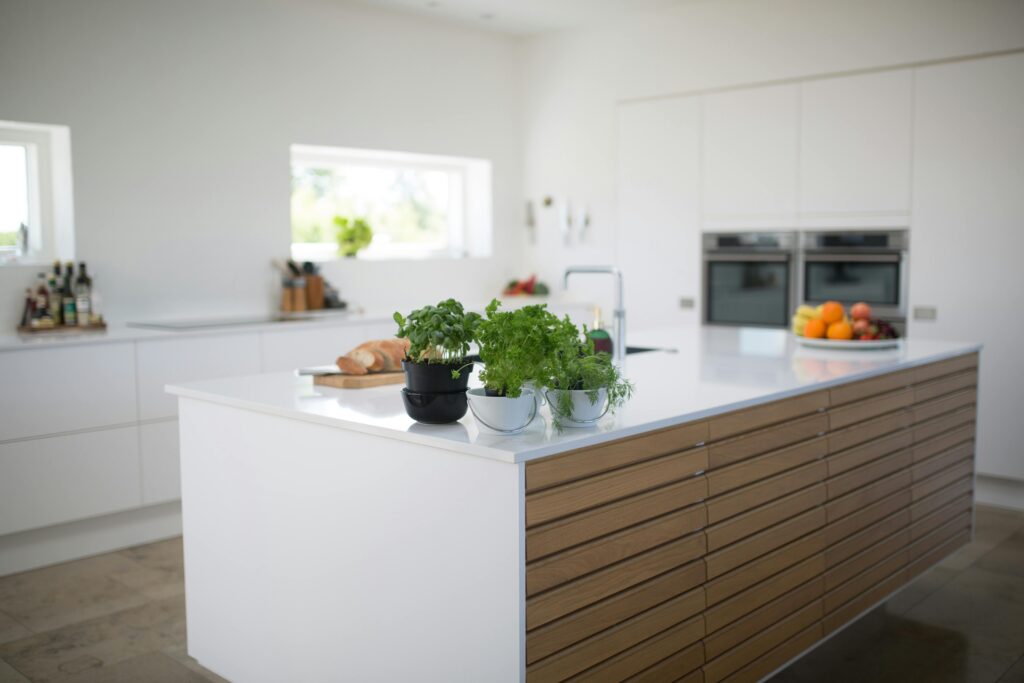
One of the quickest ways to get started with AI-assisted recipe generation is by uploading photos of your ingredients. This is available on ChatGPT but requires creating an account.
To test this feature, I took photos of my refrigerator, freezer, and pantry. I found this method more convenient than manually typing a list of everything I had. However, there was a downside:
- Photo upload limits – ChatGPT only allowed me to upload four images at once, which wasn’t enough to capture all my ingredients. I had to manually type out the remaining items, which took extra time and effort.
For those who want complete accuracy, typing the ingredient list directly into ChatGPT may be a better option. But for me, this felt tedious and counterintuitive for a tool that’s meant to make cooking easier.
Recipe Ideas from AI: Hits and Misses
Once my ingredient list was processed, ChatGPT generated five recipes I could make. At first, I was impressed, but then I ran into a few issues:
- Inaccurate ingredient recommendations – Some recipes included ingredients I didn’t have. For example, ChatGPT suggested a cheese quesadilla, but I hadn’t listed tortillas. That instantly eliminated one of the five ideas.
- Unusual ingredient pairings – Some suggested combinations didn’t seem appealing. One recipe called for melting shredded cheese over a bowl of chickpeas and rice. While some people might enjoy that, it wasn’t a match for my taste.
That being said, I didn’t have many ingredients to work with, and that’s exactly when I’d want an AI tool to help me get creative.
If you have a fully stocked kitchen, you might have a better experience. However, if you’re working with limited ingredients, be prepared for AI-generated recipes that might not always make sense.
Cooking with AI-Generated Recipes
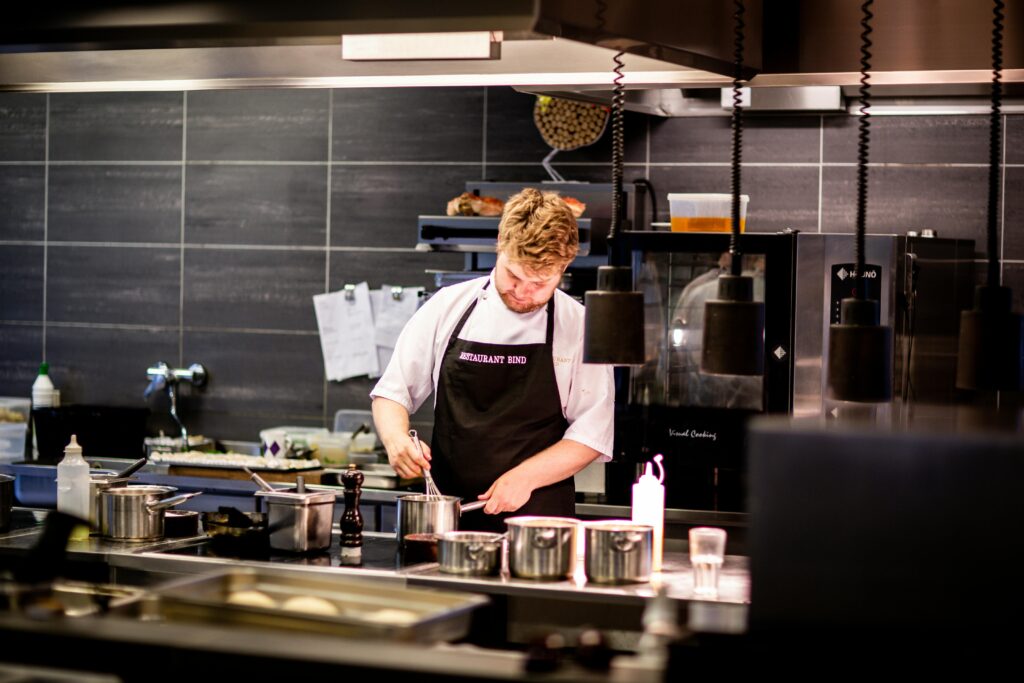
Once I found a recipe that looked promising, I asked ChatGPT to expand on the directions, including prep time, cook time, and serving size.
What Worked Well:
✅ ChatGPT provided clear step-by-step cooking instructions.
✅ It gave a detailed breakdown of macronutrients and micronutrients per serving.
Where It Fell Short:
❌ Inaccurate cook times – The recipe estimated a cook time that was too short. For example, the vegetables in my dish needed an extra five minutes to become tender.
❌ Overly generic instructions – The recipe didn’t include specific cues like when vegetables should become soft or how long to sauté ingredients before moving to the next step.
These issues are manageable for experienced cooks who know how to adjust as they go, but beginners may struggle with AI-generated recipes that don’t provide enough detail.
AI for Ingredient Substitutions: A Stronger Feature
While recipe ideation wasn’t perfect, I found ChatGPT to be much more useful for ingredient swaps.
For example, one recipe suggested serving pickles as a side for a rice dish. That didn’t seem like a great pairing. When I asked for an alternative, ChatGPT suggested kimchi, which was a much better fit.
Other Ingredient Swap Examples:
- Gluten-free flour substitutes – ChatGPT provided six alternatives, along with their flavor profiles and substitution ratios.
- Dairy-free milk options – It listed almond, oat, and coconut milk, explaining which worked best for different types of recipes.
- Egg replacements – It recommended chia seeds, flaxseeds, and mashed bananas, including how to use each one in baking.
This was a real time-saver compared to manually searching for substitutions and then cross-referencing how to use them in recipes.
Final Verdict: Should You Use AI for Cooking?
Recipe Ideation: Not Quite There Yet
❌ Would not recommend – While AI is improving, it still struggles with recognizing ingredients, creating appetizing flavor combinations, and providing accurate cooking times.
Ingredient Swaps: Highly Useful
✅ Would recommend – ChatGPT provides quick, detailed, and accurate food substitution options, making it a great tool for adjusting recipes on the fly.
The Takeaway
AI can be a helpful assistant for brainstorming meal ideas and finding ingredient swaps, but it’s not a perfect replacement for human intuition in the kitchen.
If you’re struggling to figure out what to cook with leftovers, ChatGPT might give you some creative ideas—but don’t rely on it blindly. For ingredient substitutions, however, it’s an excellent resource, helping you quickly find the best alternatives for dietary needs or missing ingredients.
As AI continues to learn and improve, we may see better results in the future. But for now, use it as a guide, not a chef. 🍽️


